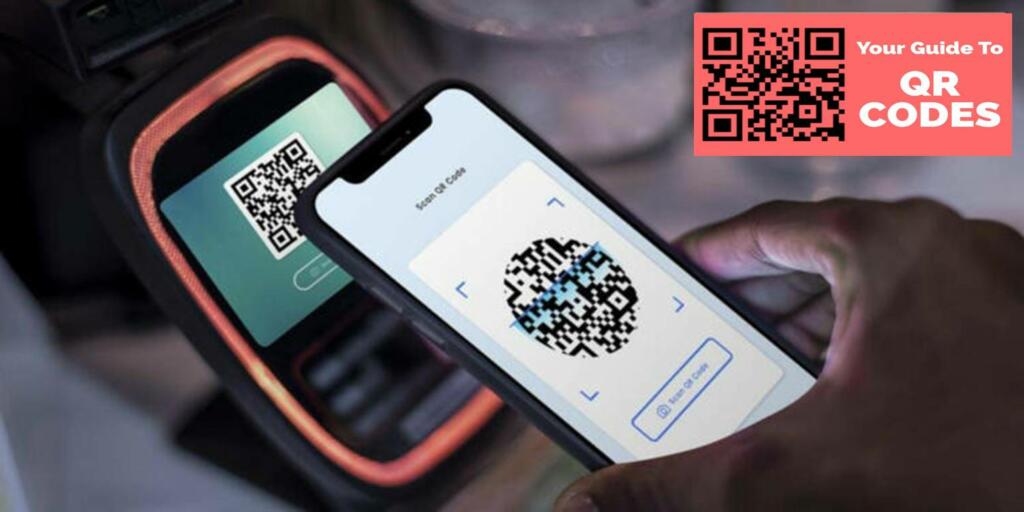The Quick Response (QR) code is a two-dimensional matrix barcode. It is a machine-readable optical label containing information on the locator, identifier or tracker that traces to a website or application. Invented in 1994 by the Japanese automotive company Denso Wave, the QR code has revolutionised information sharing in the world.
The QR Codes
A QR code is the combination of four standard encoded modes of number, alphabets, byte, and kanji (logo-graphic Chinese character). These four combinations of modes are arranged in black square grid form on a white background containing efficient and extensive data. The data stored in the square grid is in a series of dots. A dot in the grid represents a ‘1’ and a blank a ‘0’ in computer binary terms. The smallest grid contains at least 21 rows and 21 columns and the largest grid contains 177 rows and 177 columns.
These characters are processed by the camera using Reed-Solomon Error Correction technology and interpret the information in its original form. The camera extracts the required data and takes the user to intended programs.
The extensive use of QR Codes
In current times, the QR code has revolutionised information sharing. Instead of typing a uniform resource locator (URL) for a website, a user scanning the QR code can reach any website, intended program or application.
The usage of QR codes includes augmented reality, multimedia contents, mobile operating systems, stores, payments, website login, restaurant ordering, connecting a Wi-Fi network, authentication of a product, video games, loyalty programs, counterfeit detection, product tracing and others.
In India, the extensive use of QR codes in payment systems have uplifted cashless transactions. The scanning not only ensures great convenience to users but also provides security. It ensures the end to end transactions while eliminating human error.
Also Read: QR codes on medicine wrappers. PM Modi’s latest game-changer
The danger of hacking
Although the QR code itself is secure and safe, but there are some security problems in digital use. The code can not be hacked as the information is processed from the destination of the code rather than the code itself. However, hackers can create some false QR codes to obtain personal data or login credentials and this phenomenon makes it important that we should be cautious while scanning any code.
Further, QR codes may lead to phishing scams, a forced app download or some dangerous links. It may infuse some harmful applications in devices advancing the risk of online fraud. Consequently, it is advised to use QR codes in a judicious way.
With some risks, the QR code comes with unlimited benefits. The information stored in the two-dimensional matrix of alphanumeric combinations is huge. In the digital age, where online information sharing has become a new norm, the QR code comes with an efficient and convenient mode of data flow.
Support TFI:
Support us to strengthen the ‘Right’ ideology of cultural nationalism by purchasing the best quality garments from TFI-STORE.COM
